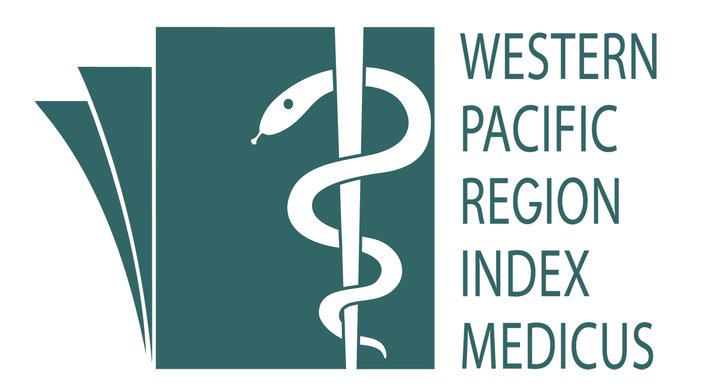Plain packaging and Pictorial Warning in Asia Countries: Where are we?
Keywords:
Tobacco, Plain packaging, Cigarette, Asia, Pictorial WarningAbstract
Worldwide, around 8 million people die yearly due to tobacco usage. Cigarette smoking is the most popular form of tobacco usage. Smoking has linked to many detrimental health effects among adults and adolescents. Recognising the burden of smoking, World Health Organization have implemented various tobacco control strategies under the Framework Convention of Tobacco Control and mPOWER. This includes implementation of plain packaging and pictorial warning. In Asia, only Thailand, Singapore, Turkey, Saudi Arabia, and Israel have implemented plain cigarette pack. However, some countries have made progress to implement plain cigarette pack. Although some countries have not implemented plain pack, implementation of larger pictorial warning serve as a pathway for implementation of plain packaging. Countries with pictorial warning on cigarette pack should ensure it covers at least 50% of pack. Timor Leste has the largest pictorial warning on cigarette pack in the world. In conclusion, only 5 countries in Asia have implemented plain pack and some countries in this region are yet to implement size of pictorial warning according to requirement of World Health Organization. All countries should target to implement standardized pack to denormalise tobacco usage.
Published
How to Cite
Issue
Section
License
IJPHR applies the Creative Commons Attribution (CC BY) license to articles and other works we publish. If you submit your paper for publication by IJPHR, you agree to have the CC BY license applied to your work. Under this Open Access license, you as the author agree that anyone can reuse your article in whole or part for any purpose, for free, even for commercial purposes. Anyone may copy, distribute, or reuse the content as long as the author and original source are properly cited. This facilitates freedom in re-use and also ensures that IJPHR content can be mined without barriers for the needs of research.






